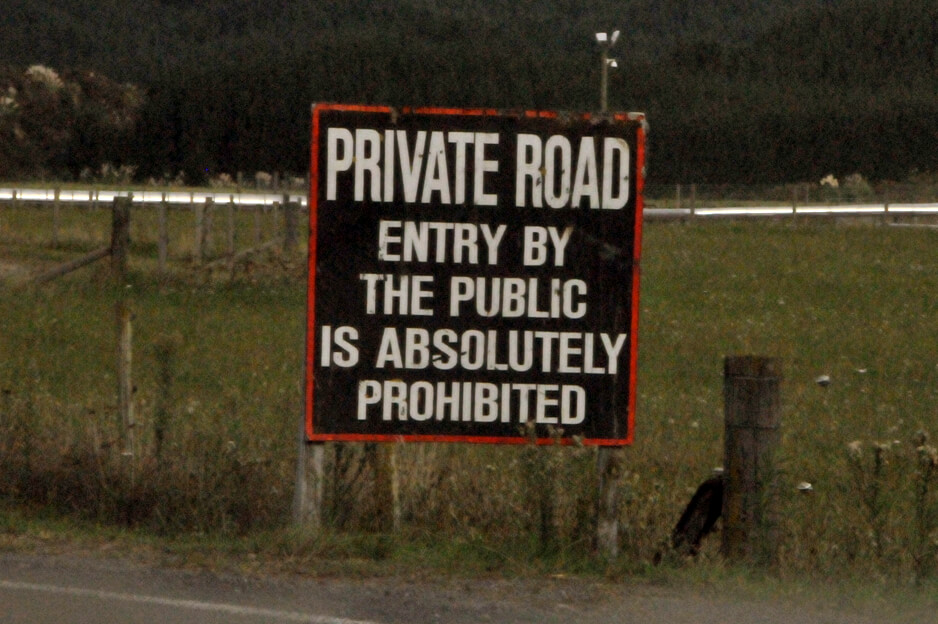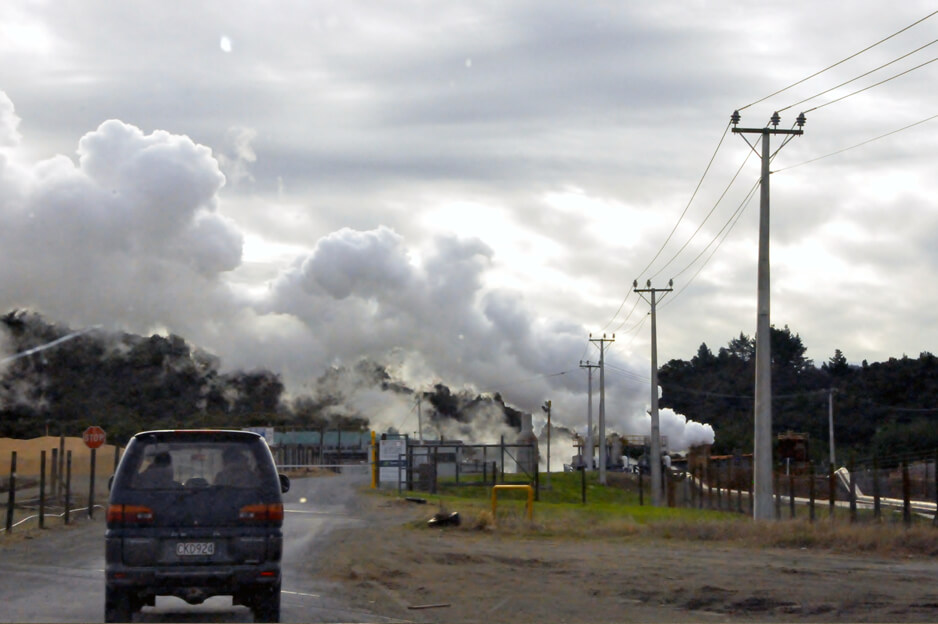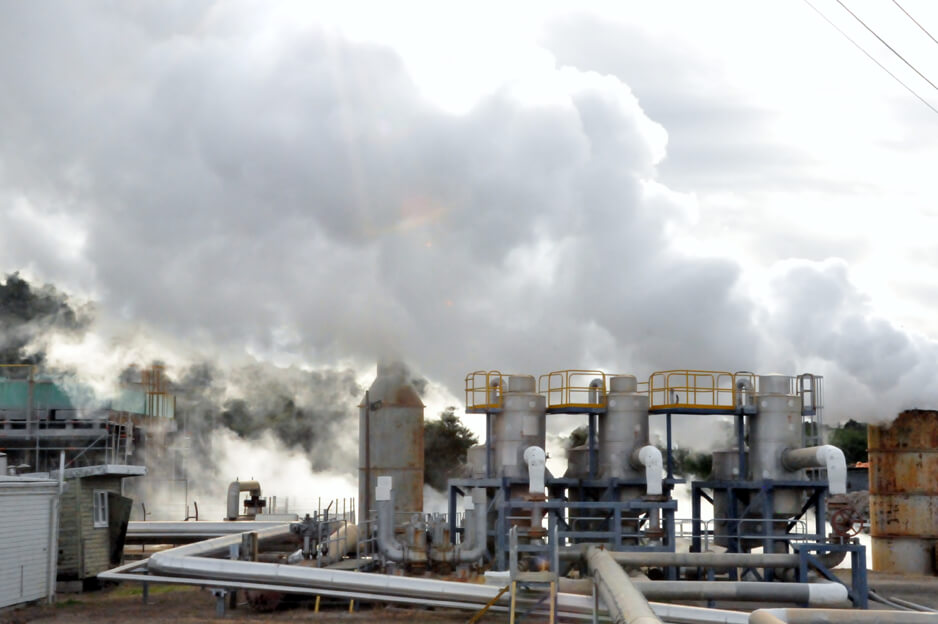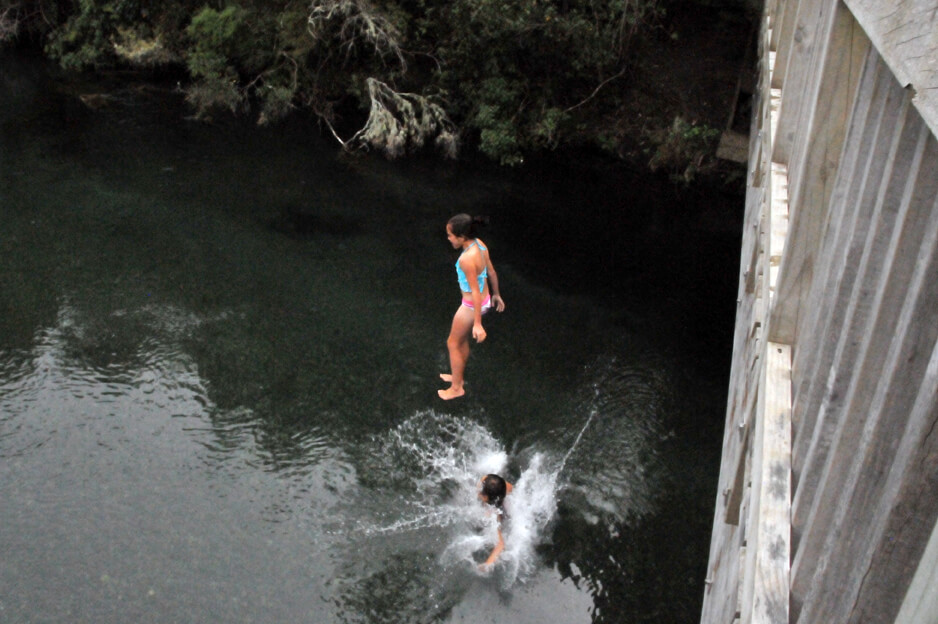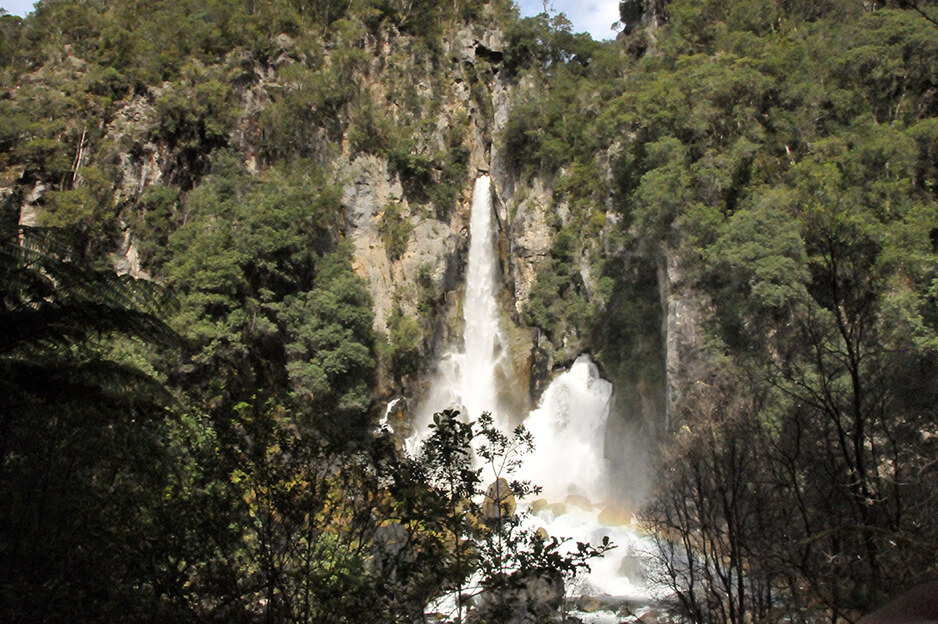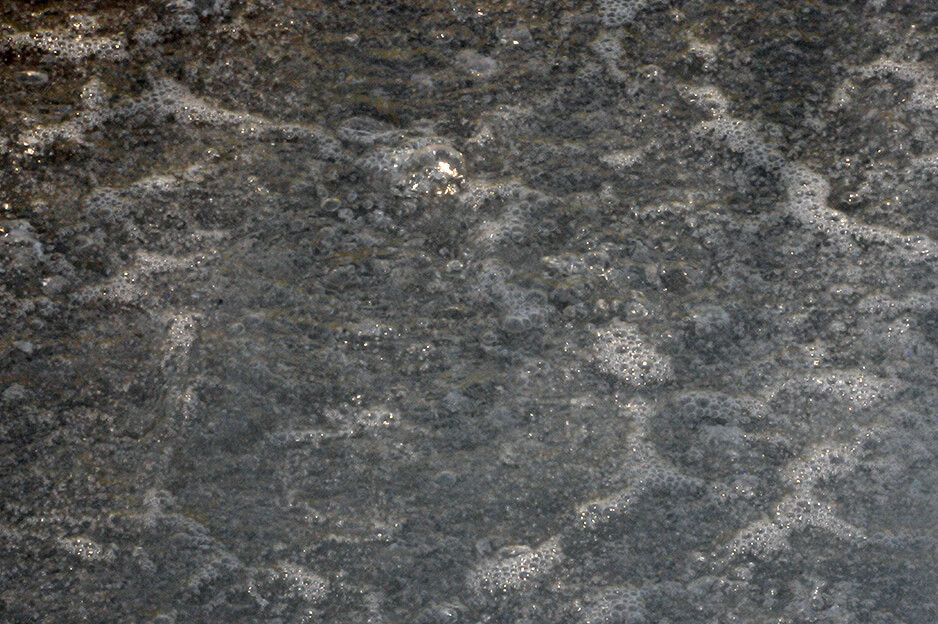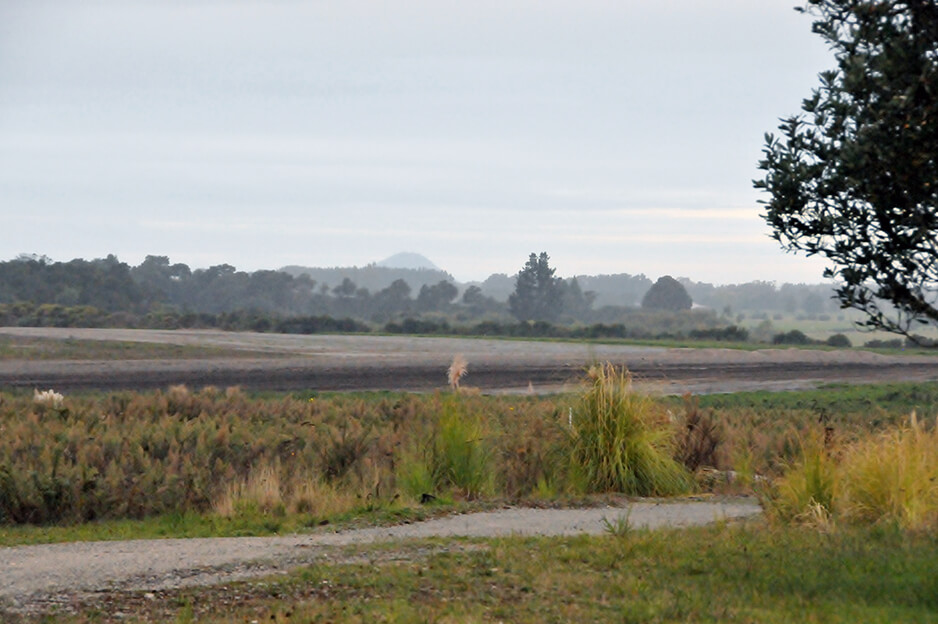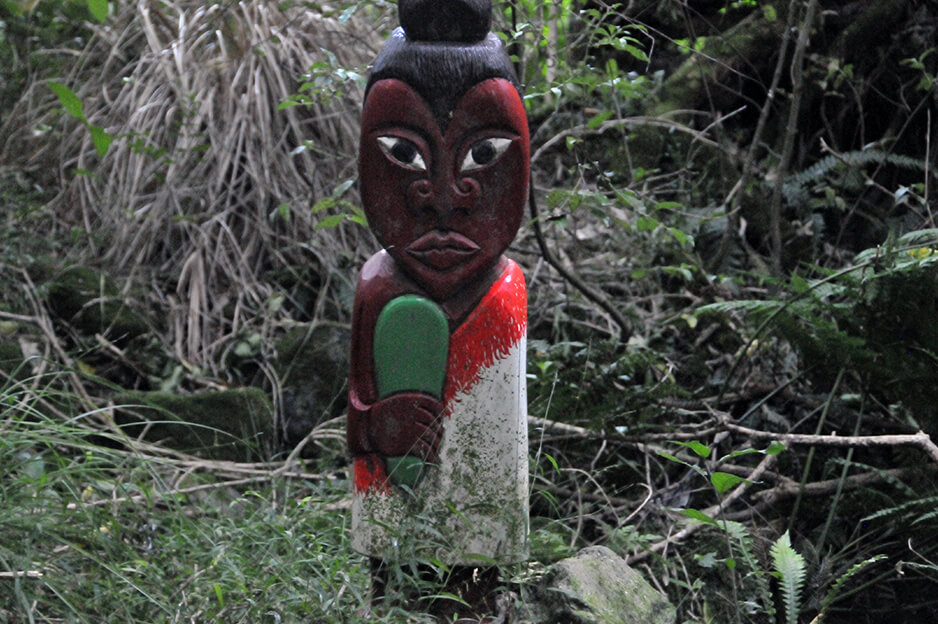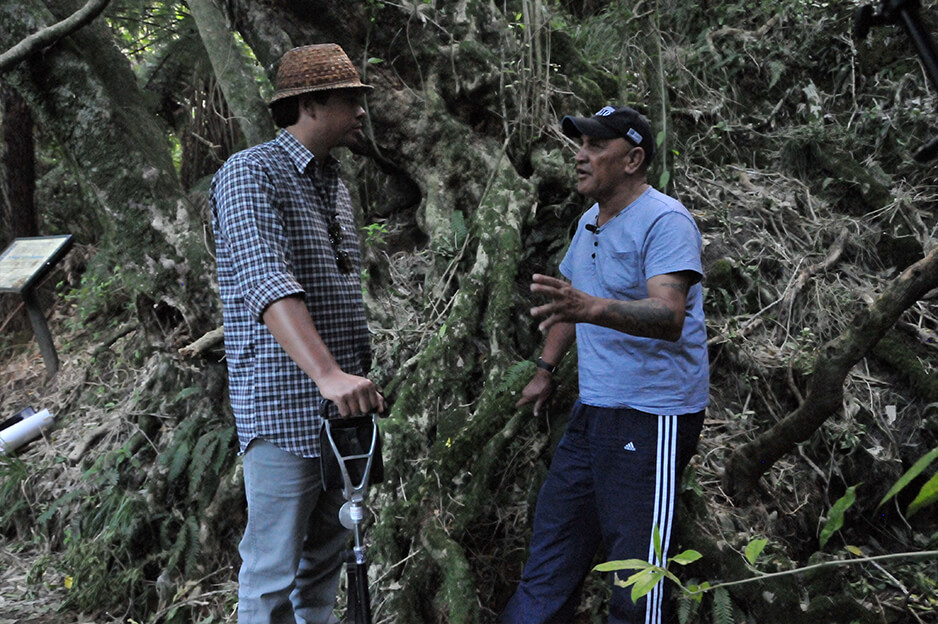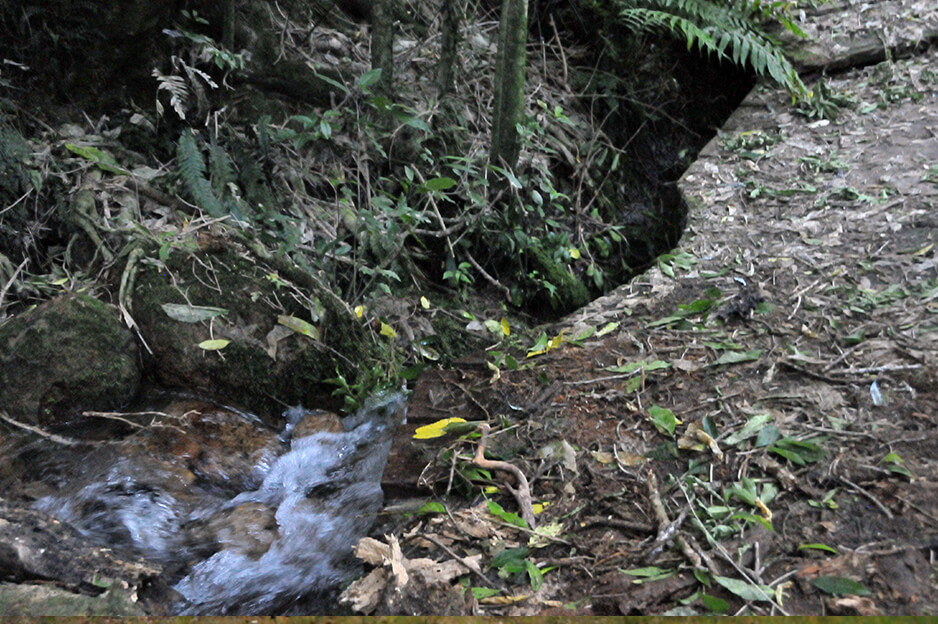Today Lake Rotoiti Paku no longer exists.
It’s been filled with over half a million cubic meters of contaminated mill waste.
Over the years the Maori trustees have fought to protect their land and lake from the waste produced by the Tasman mill. Now, with the mill’s lease on the lake and adjacent land about to expire, they are about to take possession of it once again.
Environmental assessments measured the contamination and presented possible restoration options, but didn’t address the trustees’ main issue: how to bring their lake back to life.
They asked University of Auckland Earth Scientist Dan Hikuroa for help and he flew in to meet and discuss possible ways to restore the Mauri to Lake Rotoiti Paku.
Despite his desire to help he has doubts.

Dan headed back to Auckland, but I decided to stay on with Colleen Skerrett and trustee, Tomai Fox, to get a closer look at the mill and its impacts.
Like many of the local Maori in the region, Tomai was an employee of the Tasman mill for most of his working life. He understands economic importance of the mill, but has a personal stake in the waste it leaves behind.
